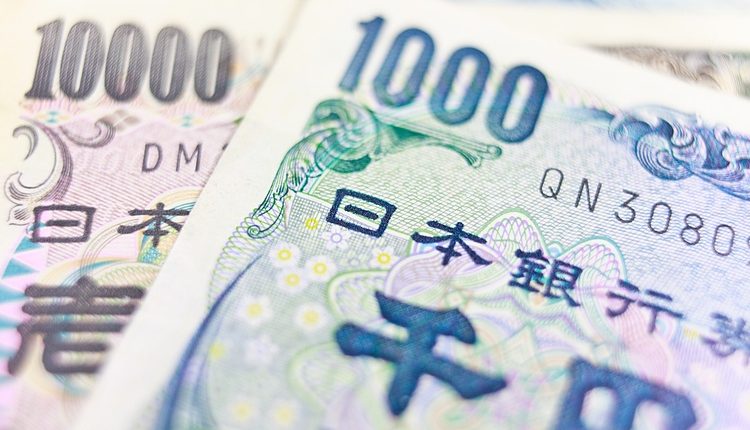US PPI inflation figures ticked higher in November, causing investors to tighten their stance slightly and keep the safe haven Greenback bid into the high side, though overall market mood remains on-balance.
Here’s what you need to know heading into Friday, December 13:
The US Dollar Index (DXY) extended into further gains on Thursday, climbing back into the 107.00 handle on broad-market investor caution after US Producer Price Index (PPI) inflation figures came in higher than expected, sparking near-term concerns that inflation could resurge in the US economy. US data is limited on Friday, and investors will likely continue to wind down their exposure ahead of the holiday season.
EUR/USD extended into a fifth consecutive down day, losing grip of the 1.0500 level and shedding yet another quarter of a percent after the European Central Bank (ECB) slashed interest rates in-line with market expectations. German Trade Balance figures for October are due on Friday, along with pan-EU Industrial Production figures for October. Both numbers are mid-tier at best, and are unlikely to move the needle in either direction.
GBP/USD tumbled back below 1.2700 on Thursday despite a thin economic data docket on the UK side. Cable traders may be giving up in the near term as GBP/USD continues to struggle with chart paper on the low side of the 200-day Exponential Moving Average (EMA) near 1.2825. No meaningful data on the GBP side is expected on Friday.
USD/JPY has coiled around its own 200-day EMA near 151.00, and a near-term bullish rebound from the key technical level has the Dollar-Yen pairing holding steady on Thursday near 152.60 despite the US’ uptick in producer-level inflation. Japan’s Tankan Large Manufacturing figures are due early Friday and are expected to decline slightly.
Economic Indicator
Producer Price Index ex Food & Energy (YoY)
The Producer Price Index ex Food & energy released by the Bureau of Labor statistics, Department of Labor measures the average changes in prices in primary markets of the US by producers of commodities in all states of processing. Those volatile products such as food and energy are excluded in order to capture an accurate calculation. Generally speaking, a high reading is seen as positive (or bullish) for the USD, whereas a low reading is seen as negative (or bearish).
Read more.
Fed FAQs
Monetary policy in the US is shaped by the Federal Reserve (Fed). The Fed has two mandates: to achieve price stability and foster full employment. Its primary tool to achieve these goals is by adjusting interest rates. When prices are rising too quickly and inflation is above the Fed’s 2% target, it raises interest rates, increasing borrowing costs throughout the economy. This results in a stronger US Dollar (USD) as it makes the US a more attractive place for international investors to park their money. When inflation falls below 2% or the Unemployment Rate is too high, the Fed may lower interest rates to encourage borrowing, which weighs on the Greenback.
The Federal Reserve (Fed) holds eight policy meetings a year, where the Federal Open Market Committee (FOMC) assesses economic conditions and makes monetary policy decisions. The FOMC is attended by twelve Fed officials – the seven members of the Board of Governors, the president of the Federal Reserve Bank of New York, and four of the remaining eleven regional Reserve Bank presidents, who serve one-year terms on a rotating basis.
In extreme situations, the Federal Reserve may resort to a policy named Quantitative Easing (QE). QE is the process by which the Fed substantially increases the flow of credit in a stuck financial system. It is a non-standard policy measure used during crises or when inflation is extremely low. It was the Fed’s weapon of choice during the Great Financial Crisis in 2008. It involves the Fed printing more Dollars and using them to buy high grade bonds from financial institutions. QE usually weakens the US Dollar.
Quantitative tightening (QT) is the reverse process of QE, whereby the Federal Reserve stops buying bonds from financial institutions and does not reinvest the principal from the bonds it holds maturing, to purchase new bonds. It is usually positive for the value of the US Dollar.
Read the full article here

